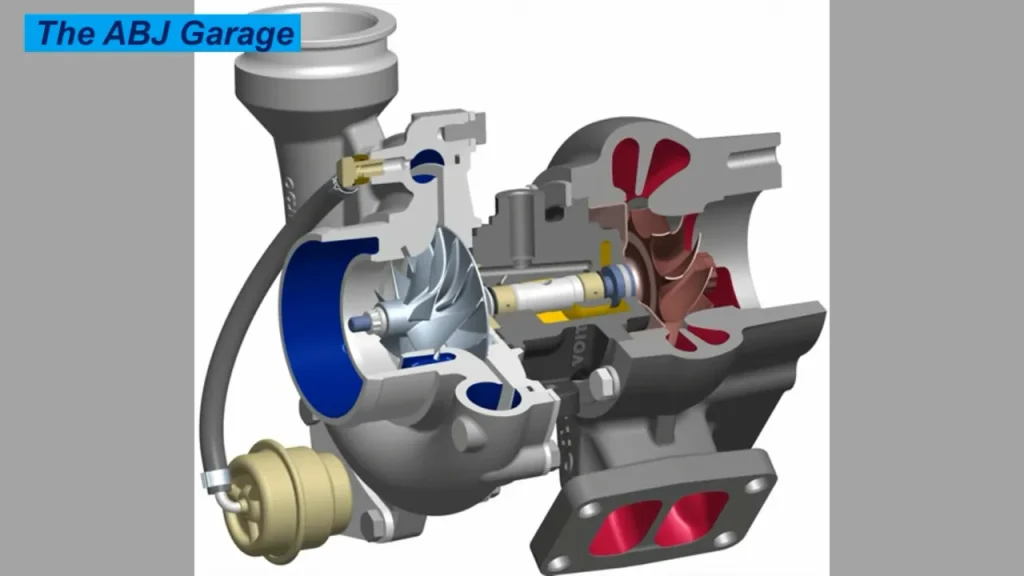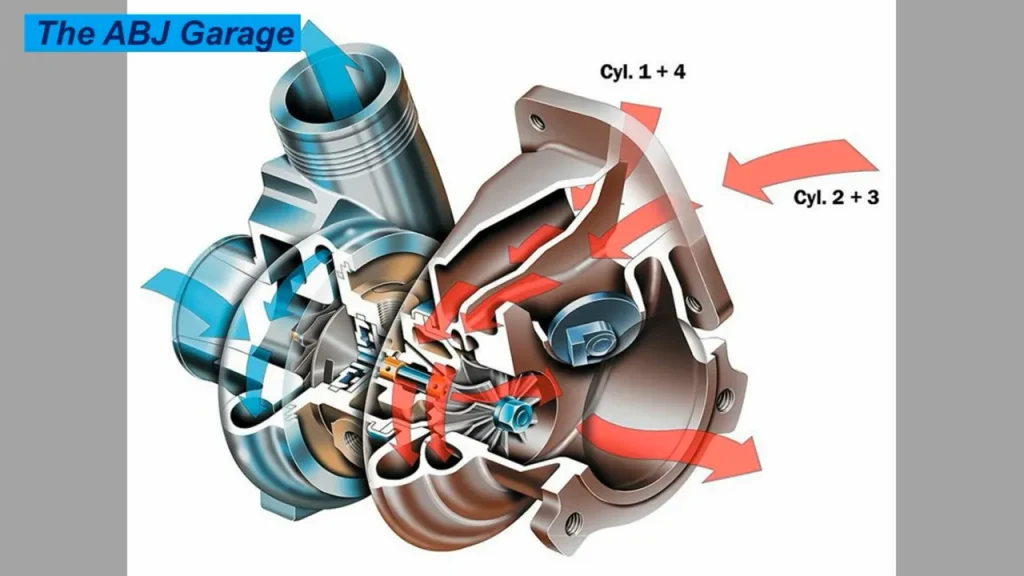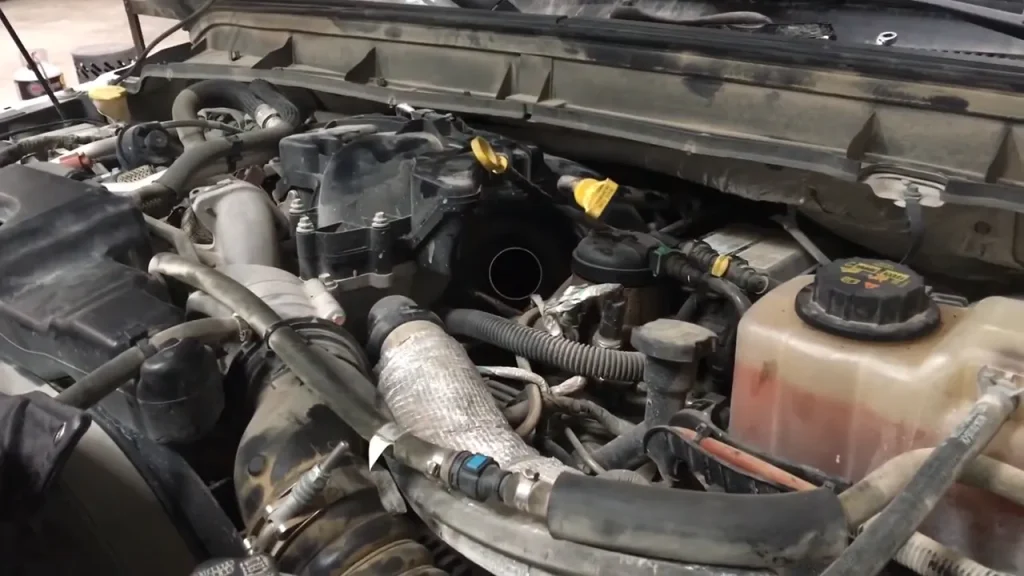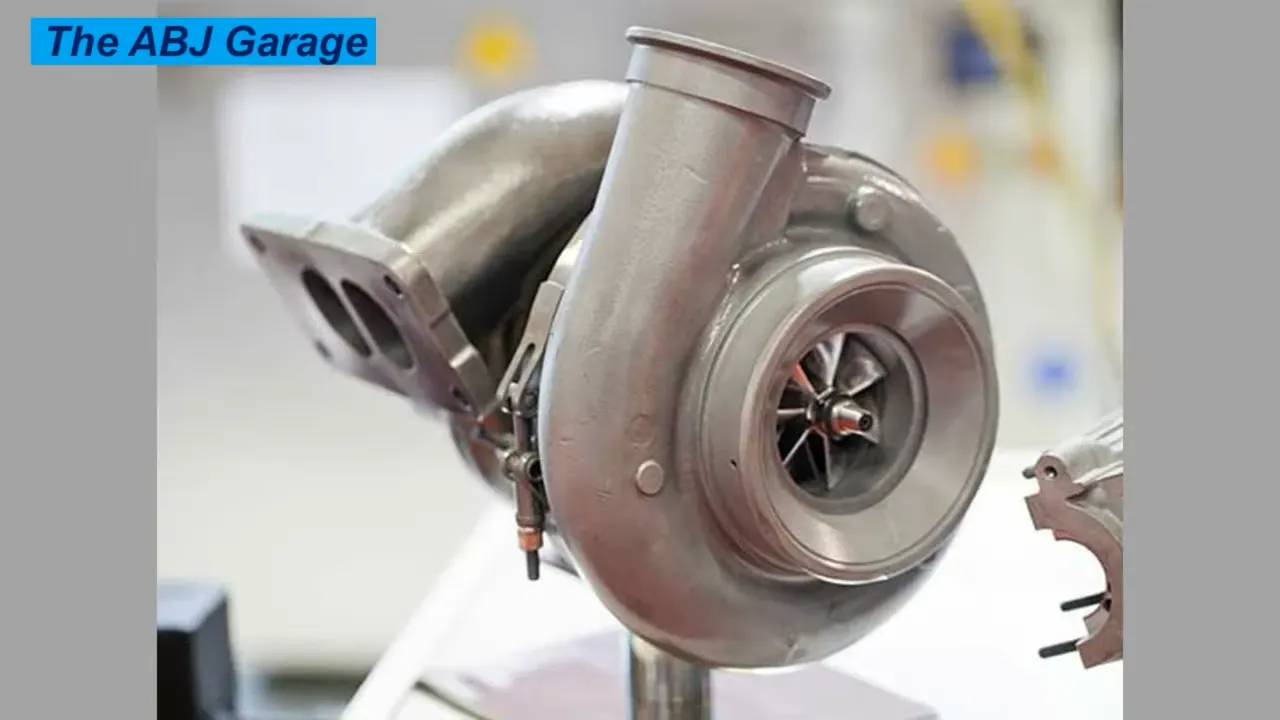What Are The Symptoms Of A 6.7 Powerstroke Turbo Failure?
The 6.7 Powerstroke engine has gained popularity for its impressive power and towing capabilities. However, like any mechanical component, the turbocharger in this engine can experience issues over time.
The turbocharger plays a crucial role in boosting the engine’s power by compressing the incoming air. When it malfunctions or fails, it can lead to a range of problems that affect the engine’s performance and efficiency. Detecting turbocharger issues early on can save you from costly repairs and prevent further damage to your vehicle.
In this article, we will explore the common symptoms that indicate a potential 6.7 Powerstroke turbo failure. By familiarizing yourself with these signs, you can identify when your turbocharger may require attention and take appropriate action. So, let’s dive in and learn about the telltale symptoms of a 6.7 Powerstroke turbo failure.
Signs Of 6.7L Powerstroke Turbo Failure
A 6.7L Powerstroke turbo failure can cause significant issues with your engine’s performance and overall driving experience. Identifying the signs of a failing turbocharger is crucial to address the problem promptly and prevent further damage. Here are some common symptoms of a 6.7L Powerstroke turbo failure:
1. Decreased Power and Acceleration
A failing turbocharger may result in a noticeable decrease in engine power and acceleration. You may experience sluggishness when accelerating or have difficulty reaching higher speeds. This can be particularly evident when towing or hauling heavy loads.
2. Increased Exhaust Smoke
If the turbocharger is failing, you may observe excessive exhaust smoke, particularly under heavy acceleration. The smoke can be black, blue, or white, depending on the nature of the issue. Black smoke indicates an excessive fuel-air mixture, blue smoke suggests oil burning, and white smoke signifies coolant entering the combustion chamber.
3. Loud Whining or Whistling Noises
A failing turbocharger often produces unusual whining or whistling noises during operation. These noises can be more pronounced when the engine is under load or when revving up. Pay attention to any unusual sounds coming from the engine bay.
4. Oil Consumption Increase
A failing turbocharger can cause oil leakage or consumption. You may notice a drop in oil levels between oil changes or observe oil leaking from the turbocharger area. Excessive oil consumption can be an indication of a worn or damaged turbocharger.
5. Check Engine Light
In some cases, a failing turbocharger can trigger the check engine light on your vehicle’s dashboard. The onboard diagnostic system may detect issues related to turbocharger performance and store relevant trouble codes.
6. Boost Pressure Irregularities
A failing turbocharger may result in inconsistent or fluctuating boost pressure. You may notice a lack of consistent power delivery or surging sensations during acceleration.
List Of 6.7L Powerstroke Turbo Failure Symptoms
When a 6.7L Powerstroke turbocharger begins to fail, it can manifest through various symptoms. Here is a list of common signs that may indicate a turbo failure in a 6.7L Powerstroke engine:
1. Decreased Engine Performance
A failing turbocharger can lead to a noticeable decrease in engine power and overall performance. You may experience reduced acceleration, sluggishness, or difficulty reaching higher speeds, especially when towing or hauling heavy loads.

2. Excessive Exhaust Smoke
If the turbocharger is failing, you might observe an increase in exhaust smoke. Black smoke indicates an excessive fuel-air mixture, blue smoke suggests oil burning, and white smoke signifies coolant entering the combustion chamber. These smoke emissions may be more prominent during acceleration or under load.
3. Unusual Noises
Failing turbochargers often produce distinct noises. You may hear whining, whistling, or grinding sounds coming from the engine bay while driving or during acceleration. These noises can indicate issues with the turbocharger’s internal components.
4. Oil Consumption or Leakage
Turbocharger failure can cause oil leaks or excessive oil consumption. You may notice oil dripping from the turbocharger area or experience a drop in oil levels between oil changes. Increased oil consumption can be a sign of a worn or damaged turbocharger.
5. Check Engine Light
A failing turbocharger can trigger the check engine light on your vehicle’s dashboard. The onboard diagnostic system may detect issues related to turbocharger performance and store trouble codes, indicating a problem with the turbocharger system.
6. Boost Pressure Fluctuations
A failing turbocharger may result in inconsistent or fluctuating boost pressure. You may notice a lack of consistent power delivery, surging sensations during acceleration, or a noticeable decrease in turbo boost.

What To Do When You Detect 6.7L Powerstroke Turbo Failure?
If you detect signs of 6.7L Powerstroke turbo failure, it’s crucial to take prompt action to prevent further damage to your engine. Here are the steps to follow when you suspect a turbocharger issue:
1. Safely Park Your Vehicle
When you notice symptoms of turbo failure, it’s important to pull over and park your vehicle in a safe location. Turn off the engine and allow it to cool down before proceeding.
2. Consult a Professional
Contact a qualified mechanic or a diesel specialist who is experienced with Powerstroke engines. Explain the symptoms you’ve noticed and schedule an appointment for a thorough inspection.
3. Diagnostic Testing
The mechanic will perform diagnostic testing to pinpoint the exact cause of the turbo failure. This may involve scanning for trouble codes, conducting visual inspections, and using specialized tools to assess the turbocharger’s condition.
4. Repair or Replacement
Based on the diagnostic findings, the mechanic will recommend the appropriate course of action. Depending on the extent of the turbocharger damage, repair or replacement may be necessary. Follow their professional advice and make an informed decision.
5. Regular Maintenance
After the turbocharger issue is resolved, it’s crucial to follow a regular maintenance schedule for your vehicle. Adhere to manufacturer-recommended service intervals for oil changes, filter replacements, and overall inspections. Regular maintenance helps ensure the longevity and proper functioning of your Powerstroke engine and turbocharger.
6. Address Contributing Factors
Turbocharger failure can sometimes be caused by underlying issues, such as insufficient lubrication, clogged air filters, or intake system restrictions. Address any contributing factors to prevent future turbocharger problems. This may involve replacing faulty components, improving maintenance practices, or using higher-quality filters and fluids.
7. Monitor Performance
After the repair or replacement, monitor the performance of your vehicle closely. Pay attention to any new symptoms that may arise. If you notice any abnormalities or experience recurring turbocharger issues, consult your mechanic for further evaluation.

Is Replacing 6.7L Powerstroke Turbo Typically Expensive?
The cost of replacing a 6.7L Powerstroke turbo can vary depending on several factors. These factors include the specific turbocharger model, the brand of the replacement part, labor costs, and the location where the repair is performed. As a result, it’s challenging to provide an exact figure without considering these variables.
Generally, replacing a turbocharger in a 6.7L Powerstroke engine can be a significant expense. Turbochargers are complex components that require specialized knowledge and skill to install properly. Additionally, the turbocharger itself is a precision-engineered part, which can contribute to its cost.
To get an accurate estimate for the cost of replacing a 6.7L Powerstroke turbo, it’s recommended to consult with reputable repair shops or diesel specialists. They can assess your specific situation, consider the factors mentioned earlier, and provide a detailed estimate based on the required parts, labor, and any additional components that may be necessary.
While replacing a turbocharger can be expensive, it’s important to consider the long-term benefits. A properly functioning turbocharger improves engine performance, fuel efficiency, and overall reliability. Additionally, addressing turbocharger issues promptly can prevent further damage to the engine, potentially saving you from more extensive and costly repairs in the future.
How Often Should You Inspect Or Service Your 6.7L Powerstroke Turbo?
Regular inspection and maintenance of your 6.7L Powerstroke turbocharger are essential to ensure its longevity and optimal performance. The frequency of inspections and servicing can depend on various factors, including your driving habits, environmental conditions, and the overall condition of the engine. Here are some general guidelines:
- Follow Manufacturer Recommendations: It’s important to consult your vehicle’s owner’s manual for the manufacturer’s recommended maintenance schedule for the turbocharger. The manual will provide specific intervals for inspection, service, and replacement.
- Visual Inspections: Regularly inspect the turbocharger for any signs of damage, oil leakage, or loose connections. This can be done during routine engine inspections or oil changes. Look for oil stains or residue around the turbocharger area, as well as any visible cracks or physical damage.
- Fluid and Filter Changes: Proper maintenance of the engine’s oil and air filtration systems is crucial for turbocharger health. Follow the manufacturer’s recommended intervals for oil changes and filter replacements. Using high-quality oil and filters can help prevent contaminants from reaching the turbocharger.
- Pay Attention to Symptoms: Be vigilant for any signs of turbocharger issues, such as decreased engine performance, excessive smoke, unusual noises, or boost pressure irregularities. If you notice any of these symptoms, have your vehicle inspected by a qualified mechanic or diesel specialist.
- Address Contributing Factors: Take measures to address any potential factors that can contribute to turbocharger problems. This includes maintaining clean and efficient air filters, ensuring proper oil levels and quality, and monitoring the overall health of the engine.
Frequently Asked Questions
Q: What should I do if I suspect a 6.7L Powerstroke turbo failure?
A: If you suspect a turbo failure in your 6.7L Powerstroke, it is important to take immediate action. Safely park your vehicle and consult a qualified mechanic or diesel specialist. They will perform diagnostic tests to identify the issue and recommend the necessary repairs or turbocharger replacement. Adhering to a regular maintenance schedule and promptly addressing turbocharger issues can help prolong its life and ensure optimal engine performance.







